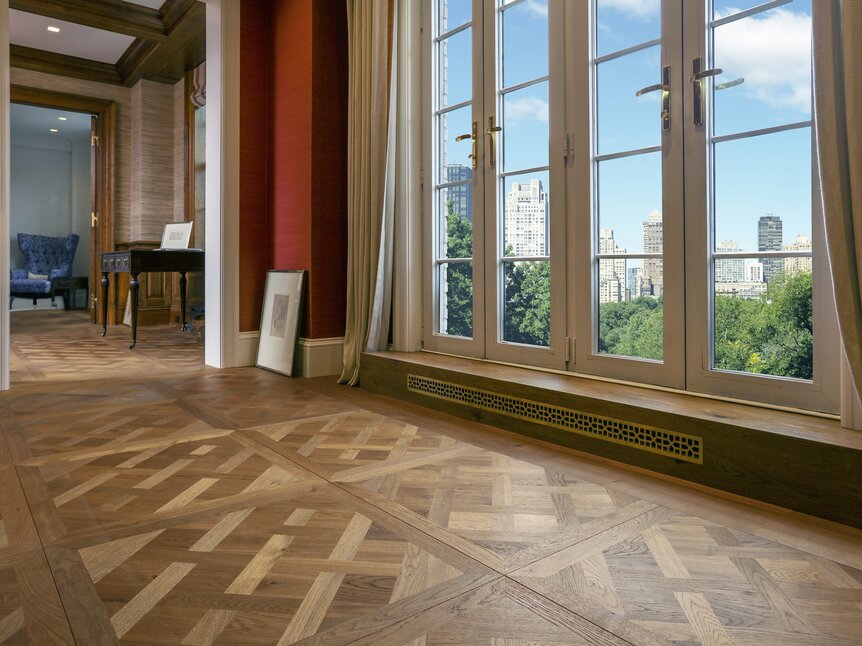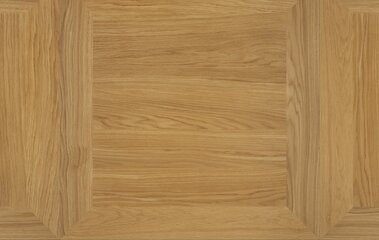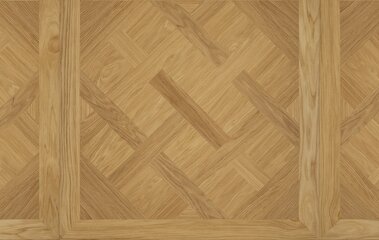

The Panel Parquet
Panel parquet, known from priceless castles and grand buildings, represents timeless elegance. This classic parquet is not just an ornament for prestigious spaces; panel parquet is becoming increasingly popular in modern architecture.
For a change, the product development did not look forward: The focus of creating this wood floor design was on what has proven itself over time, in order to give individual room concepts a modern as well as classic appearance.
Four different profiles result in unparalleled designs for every space. Let yourself be inspired by the elegance of panel parquet.
Benefits and Characteristics
- Large format in 700 x 700 mm
- Four different types
- Four product variants
- Tongue and groove for endless installation
- Unadulterated and natural wood surface
- Symmetrical construction to prevent warping
- Customization available










Our four Panel Parquet Patterns
Whether classic or modern, panel parquet is an exceptional parquet format in any case. Each of the four panel parquet patterns from mafi impresses with an individual design.
The four different profiles differ in the arrangement of geometric wood elements. The high-quality, symmetrical 3-layer construction of mafi natural wood floors is part of each of the four panel parquet patterns and ensures the necessary dimensional stability.
The top layer and back layer consist of the same wood with the same initial thickness. This significantly minimizes the natural movement of the wood – warping and cupping.
















